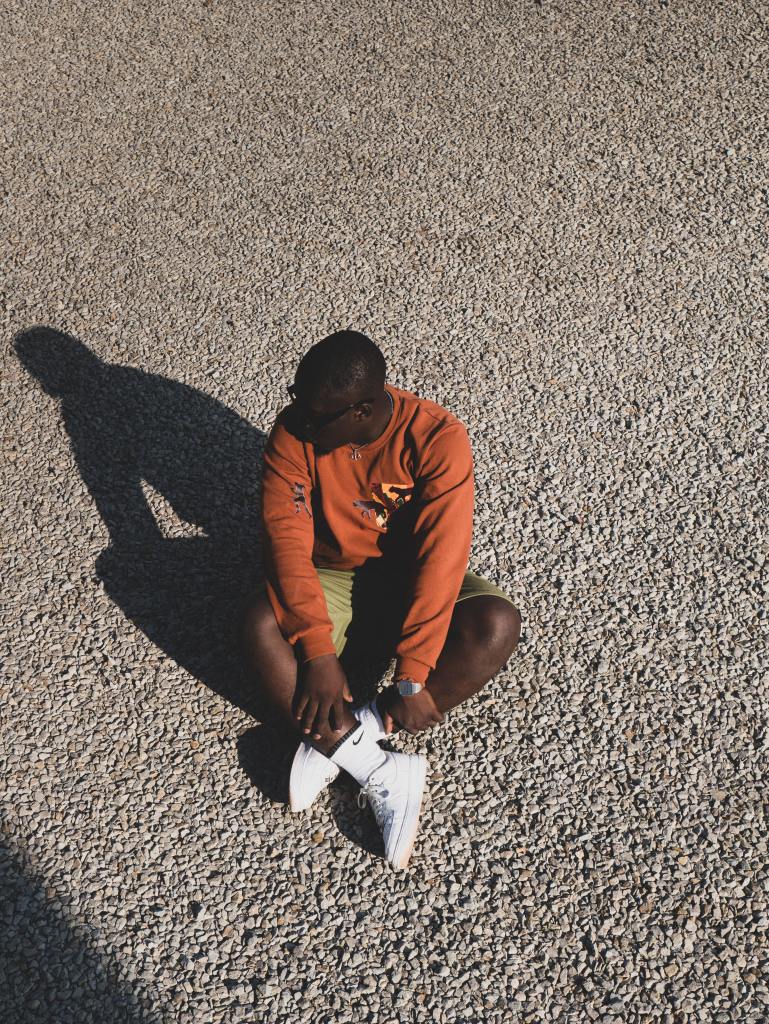
I prepared to see our patient and their spouse. They had been doing well until the past week. Then the weakness and fatigue worsened. They didn’t have the strength to leave the bed. Their spouse looked after them well. Their children were parents too. They were proud of their grandchildren. A close family but COVID-enforced separation had meant they had only seen one of their children once in two years. The same two years that cancer had taken over.
The spouse was worried about sedation from medications. The patient was reported to be in a lot of pain and could use more medication. Breathing was laboured. The patient had not spoken clearly in the 48 hours preceding the admission. As soon as I entered the room I noted the distress on the patient’s face, mirrored by the look of concern worn by their spouse. I needed to establish rapport quickly, as the suffering needed to be attended to urgently. I recognised the traditional turban and greeted them with, “Sat Sri Akal.” A look of surprised appreciation crossed over the spouse’s face. The patient stared blankly at the ceiling in a confused manner.
“They’ve been uncomfortable overnight with pain. I need to do something about it. I’m worried that it isn’t safe to swallow anymore. This is what happens at the end of life when someone is dying.”
“Can I feed them, they haven’t eaten since yesterday.”
“When someone is very unwell they can’t handle the food. They can’t swallow safely and it might end up in the lungs. It might cause vomiting or diarrhoea. I don’t want to make the situation worse or increase the suffering. We need to give medications by injections, under the skin.”
“Subcutaneous?”
“Yes, that’s right. It will be the safest way to give medications, to make sure they go where they are needed.”
“Okay, how much time do we have left?”
“I’m sorry, your spouse is so unwell, they might only have hours to days left to live. They could die at any time. I’m sorry.”
“No, no need to be sorry. It is part of life, it is something that we have to face at some stage.”
“We will do our best to make them comfortable, no matter how much time is left, we will keep on trying. We want to calm down the pain, calm down the breathing, calm down nausea and distress”
“Thank you, doctor.”
“How long have you been together?”
“44 years.”
“I’m going to change the medications now. Please let us know if you or your spouse need anything. Take care.”





